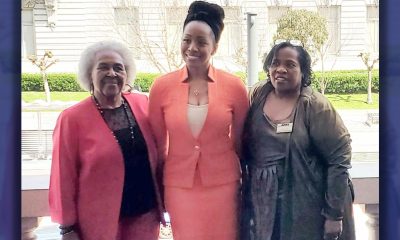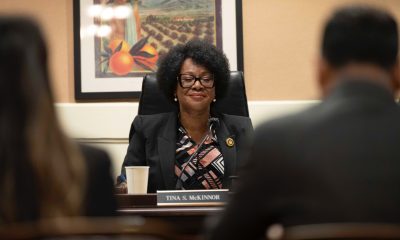Activism
Successful 1-Day Strike Was Only First Step, Activists Say
Hundreds of longshore worker and school activists in a variety of organizations who participated in the one-day strike on Friday, April 29 are developing plans to build their movement by expanding outreach in the community and increasing pressure on the politicians and billionaires who speak with the authority of big money.

By Ken Epstein
Following a historic one-day strike of teachers and Port workers at the end of April, a coalition of labor and community activists continues to gather steam against the billionaire takeover of public Port of Oakland property and the giveaway of public school property to corporate interests.
Hundreds of longshore worker and school activists in a variety of organizations who participated in the one-day strike on Friday, April 29 are developing plans to build their movement by expanding outreach in the community and increasing pressure on the politicians and billionaires who speak with the authority of big money.
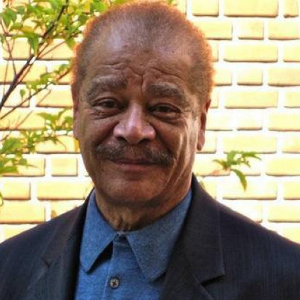
Walter Riley. Photo courtesy of Mr. Riley.
Divya Farias, a special education teacher in Oakland and member of the steering committee of the new coalition, Schools and Labor Against Privatization (S.L.A.P.), says she looks forward to building on the results of the strike.
“It was really successful; we shut all the schools and the Port,” she said. “It was historic to have this united action between teachers, the ILWU, and parents,’’ she added, emphasizing the participation of parents and the “solidarity among different unions that came together at the S.L.A.P. rally against privatization (at City Hall).”
Some activists are hopeful that the Oakland City Council will listen to the outcry from constituents who are demanding that the Council place a measure on the ballot that allows voters to decide whether they want to spend over $1 billion in public money for John Fisher’s new A’s stadium and massive real estate development.
Parents, teachers and school advocates are working with schools that are facing school closures this year and next year to enhance community wide understanding that neighborhood schools, even ones that are not large, are necessary to the survival of working-class Black and Latinx neighborhoods.
Others are focusing on a statewide campaign to pressure political leaders who talk liberal but whose actions instead create a commitment to austerity, the sell-off of public assets and backing the Fiscal Crisis Management and Assistance Team (FCMAT), which is a state-funded unaccountable agency that is going around California closing schools and cutting public school funding.
Farias said she saw amazing examples of solidarity in the strike: school workers in AFSCME and SEIU 1021 joined teachers to picket at schools. “Some principals joined teachers on the picket lines, including the president of the administrators’ union.”
“Longshore workers heading to work respected the (community) picket lines (on Friday evening), and for hours we were able to shut down the Port, the economic engine of the Bay Area,” she said.
“It was (also) exciting that parents supported the strike. We really need to grow that solidarity,” Farias said, adding that more and more students are getting involved.
The strength of the movement is the “public alliance between teachers and longshore workers,” she said.
Next steps are to broaden and deepen the movement: “There has to be a greater understanding that the agenda of privatization is the driving force behind the school closures,” she continued.
Farias also emphasized that the fight ahead will not be easy. Though the movement is stronger and has had some victories, she said, “I don’t think school closures are going to go away anytime soon. We’re trying to slow or stop a train that has been on the tracks for a long time now.”
Timothy “Akaamka” Killings, a school employee and S.L.A.P. steering committee member, also viewed the strike as a major step forward for the anti-privatization movement.
“We’ve connected the two struggles: the longshore workers against privatization of the Port of Oakland and the teachers and community against school closures and consolidations,” he said. “In terms of teachers pushing back against the district, and the community being involved in the struggle and being able to get the word out about what’s going on, it’s been a success.”
Killings said there is still much to be done to educate people to understand pro-corporate talking points that are spread by corporate media, that there are too many schools, that the district is broke, that school closures are the way to support higher quality education for Oakland’s under-served students.
Next steps include more outreach and education, actions to get more people involved and finding school board candidates who will fight against school closures to run in the November election, he said.
“The billionaires and the politicians are learning that this is not going to be as easy as they thought it would be. There is going to be a fight,” Killings said.
Civil rights attorney Walter Riley, a community activist and longtime political leader in Oakland, chaired a S.L.A.P. forum on April 30 where local candidates were interviewed about where they stood on school closings and the stadium/real estate project at the Port of Oakland.
“Our job is outreach. I see it as my job to do more outreach, to get greater community participation, to work with people to mobilize to fight these powerful interests that are operating in Oakland,” said Riley.
He said the focus of the candidate forum was to inform the candidates about the positions of the movement and learn from the candidates what they think. “We put them on notice that there is a movement and that we’re organizing.”
Activism
Oakland Post: Week of April 17 – 23, 2024
The printed Weekly Edition of the Oakland Post: Week of April 17 – 23, 2024

To enlarge your view of this issue, use the slider, magnifying glass icon or full page icon in the lower right corner of the browser window. ![]()
Activism
Oakland Schools Honor Fred Korematsu Day of Civil Liberties
Every Jan. 30, OUSD commemorates the legacy of Fred Korematsu, an Oakland native, a Castlemont High School graduate, and a national symbol of resistance, resilience, and justice. His defiant stand against racial injustice and his unwavering commitment to civil rights continue to inspire the local community and the nation. Tuesday was “Fred Korematsu Day of Civil Liberties and the Constitution” in the state of California and a growing number of states across the country.
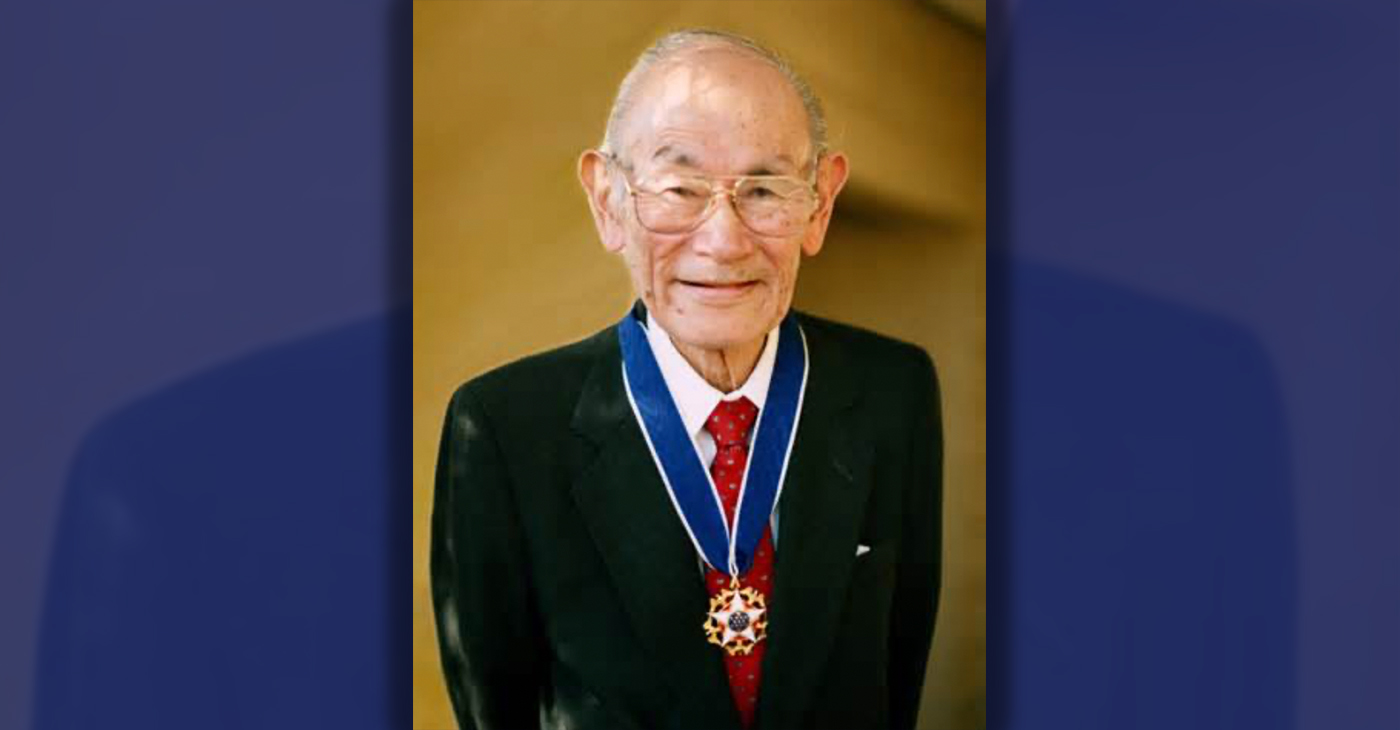
By Post Staff
Every Jan. 30, OUSD commemorates the legacy of Fred Korematsu, an Oakland native, a Castlemont High School graduate, and a national symbol of resistance, resilience, and justice.
His defiant stand against racial injustice and his unwavering commitment to civil rights continue to inspire the local community and the nation. Tuesday was “Fred Korematsu Day of Civil Liberties and the Constitution” in the state of California and a growing number of states across the country.
One OUSD school is named in his honor: Fred T. Korematsu Discovery Academy (KDA) elementary in East Oakland.
Several years ago, founding KDA Principal Charles Wilson, in a video interview with anti-hate organization “Not In Our Town,” said, “We chose the name Fred Korematsu because we really felt like the attributes that he showed in his work are things that the children need to learn … that common people can stand up and make differences in a large number of people’s lives.”
Fred Korematsu was born in Oakland on Jan. 30, 1919. His parents ran a floral nursery business, and his upbringing in Oakland shaped his worldview. His belief in the importance of standing up for your rights and the rights of others, regardless of race or background, was the foundation for his activism against racial prejudice and for the rights of Japanese Americans during World War II.
At the start of the war, Korematsu was turned away from enlisting in the National Guard and the Coast Guard because of his race. He trained as a welder, working at the docks in Oakland, but was fired after the bombing of Pearl Harbor in 1941. Fear and prejudice led to federal Executive Order 9066, which forced more than 120,000 Japanese Americans out of their homes and neighborhoods and into remote internment camps.
The 23-year-old Korematsu resisted the order. He underwent cosmetic surgery and assumed a false identity, choosing freedom over unjust imprisonment. His later arrest and conviction sparked a legal battle that would challenge the foundation of civil liberties in America.
Korematsu’s fight culminated in the Supreme Court’s initial ruling against him in 1944. He spent years in a Utah internment camp with his family, followed by time living in Salt Lake City where he was dogged by racism.
In 1976, President Gerald Ford overturned Executive Order 9066. Seven years later, the 9th Circuit Court of Appeals in San Francisco vacated Korematsu’s conviction. He said in court, “I would like to see the government admit that they were wrong and do something about it so this will never happen again to any American citizen of any race, creed, or color.”
Korematsu’s dedication and determination established him as a national icon of civil rights and social justice. He advocated for justice with Rosa Parks. In 1998, President Bill Clinton gave him the Presidential Medal of Freedom saying, “In the long history of our country’s constant search for justice, some names of ordinary citizens stand for millions of souls … To that distinguished list, today we add the name of Fred Korematsu.”
After Sept. 11, 2001, Korematsu spoke out against hatred and discrimination, saying what happened to Japanese Americans should not happen to people of Middle Eastern descent.
Korematsu’s roots in Oakland and his education in OUSD are a source of great pride for the city, according to the school district. His most famous quote, which is on the Korematsu elementary school mural, is as relevant now as ever, “If you have the feeling that something is wrong, don’t be afraid to speak up.”
Activism
WOMEN IMPACTING THE CHURCH AND COMMUNITY
Juanita Matthews, better known as “Sister Teacher,” is a walking Bible scholar. She moved to California from the great state of Arkansas in 1971. Sister Teacher has a passion for teaching. She has been a member of Bible Fellowship Missionary Baptist Church since 1971.
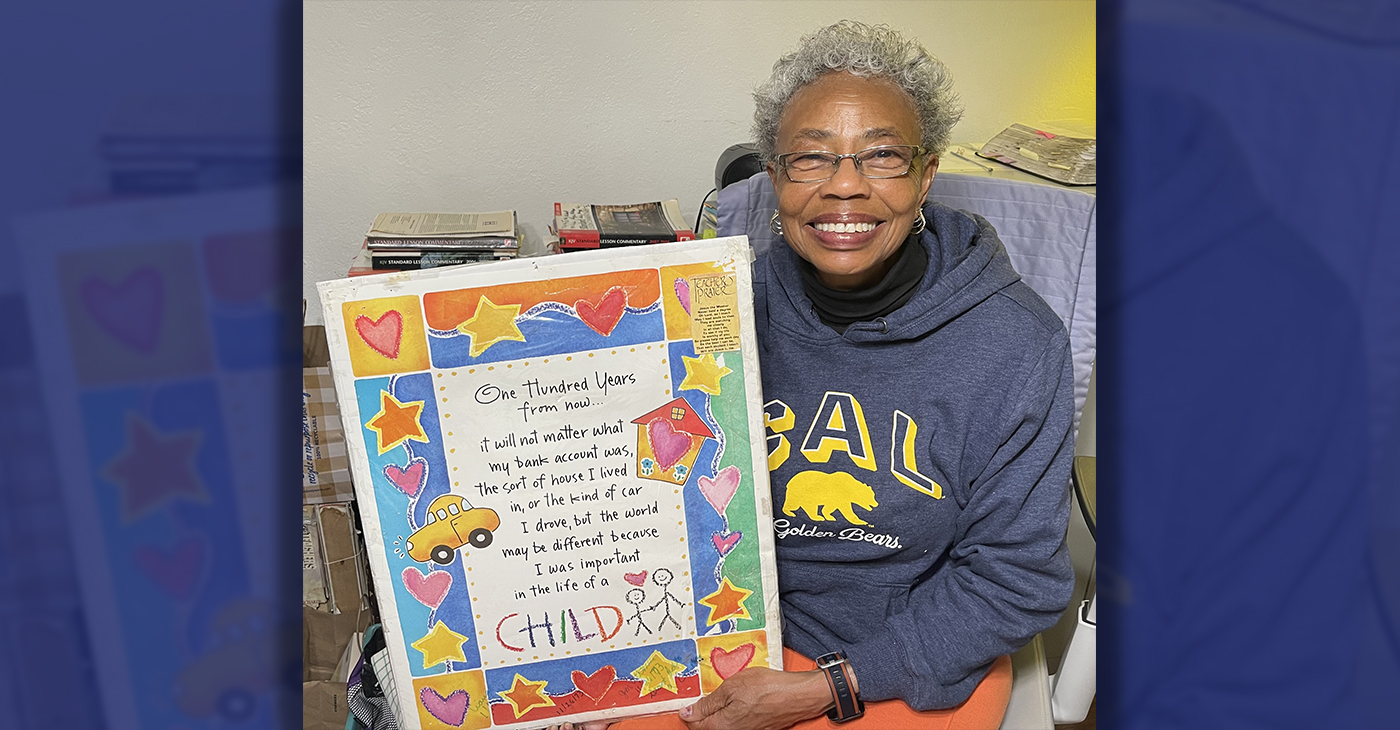
Sister Juanita Matthews
55 Years with Oakland Public School District
The Teacher, Mother, Community Outreach Champion, And Child of God
Juanita Matthews, better known as “Sister Teacher,” is a walking Bible scholar. She moved to California from the great state of Arkansas in 1971. Sister Teacher has a passion for teaching. She has been a member of Bible Fellowship Missionary Baptist Church since 1971. She followed her passion for teaching, and in 1977 became the lead teacher for Adult Class #6. Her motto still today is “Once My Student, Always My Student”.
Beyond her remarkable love for the Lord, Sister Teacher has showcased her love for teaching by working for the Oakland Unified School District for 55 years, all but four of those years spent at Emerson Elementary and Child Development School. She truly cares about her students, making sure they have the tools/supplies needed to learn either at OUSD or Bible Fellowship Missionary Baptist Church.
She’s also had a “Clothes Closet Ministry” for 51 years, making sure her students have sufficient clothing for school. The Clothes Closet Ministry extends past her students, she has been clothing the community for over 50 years as well. She loves the Lord and is a servant on a mission. She is a loving mother to two beautiful children, Sandra and Andre. This is the impact this woman of God has on her church and the community.
-

 Activism4 weeks ago
Activism4 weeks agoOakland Post: Week of March 27 – April 2, 2024
-

 #NNPA BlackPress4 weeks ago
#NNPA BlackPress4 weeks agoCOMMENTARY: D.C. Crime Bill Fails to Address Root Causes of Violence and Incarceration
-

 #NNPA BlackPress4 weeks ago
#NNPA BlackPress4 weeks agoFrom Raids to Revelations: The Dark Turn in Sean ‘Diddy’ Combs’ Saga
-

 #NNPA BlackPress4 weeks ago
#NNPA BlackPress4 weeks agoCOMMENTARY: Lady Day and The Lights!
-

 #NNPA BlackPress4 weeks ago
#NNPA BlackPress4 weeks agoMayor, City Council President React to May 31 Closing of Birmingham-Southern College
-

 #NNPA BlackPress4 weeks ago
#NNPA BlackPress4 weeks agoBaltimore Key Bridge Catastrophe: A City’s Heartbreak and a Nation’s Alarm
-

 #NNPA BlackPress4 weeks ago
#NNPA BlackPress4 weeks agoBaltimore’s Key Bridge Struck by Ship, Collapses into Water
-

 #NNPA BlackPress4 weeks ago
#NNPA BlackPress4 weeks agoBeloved Actor and Activist Louis Cameron Gossett Jr. Dies at 87

